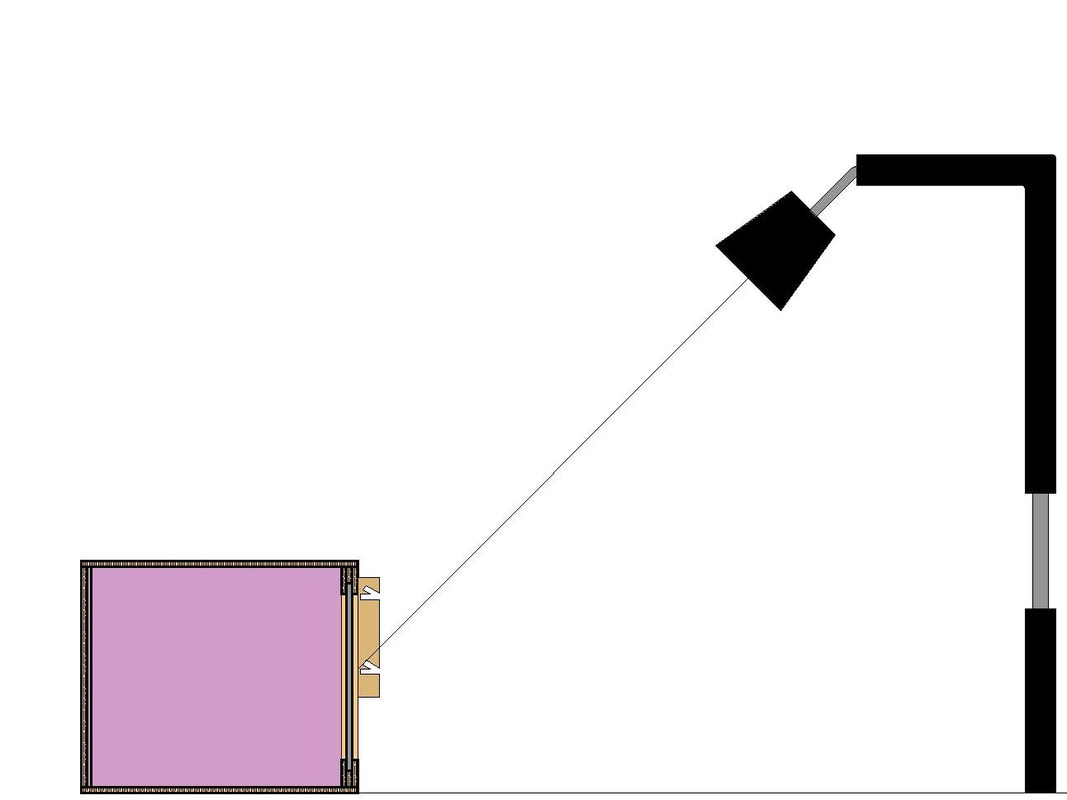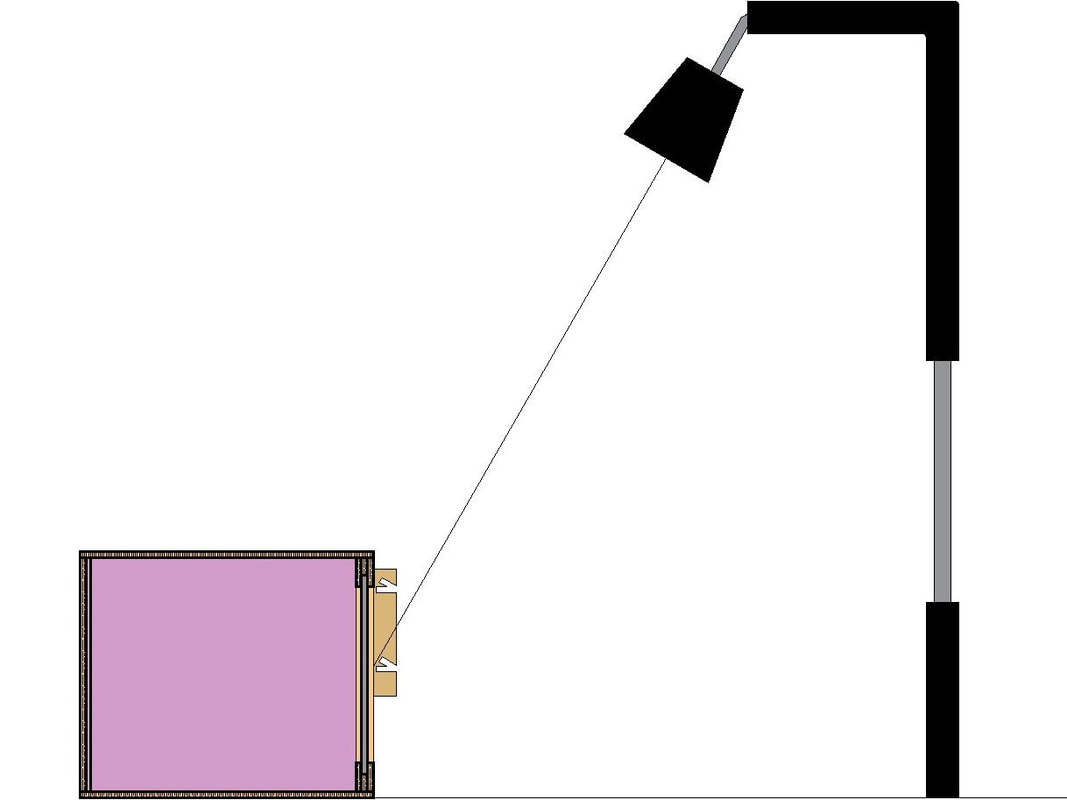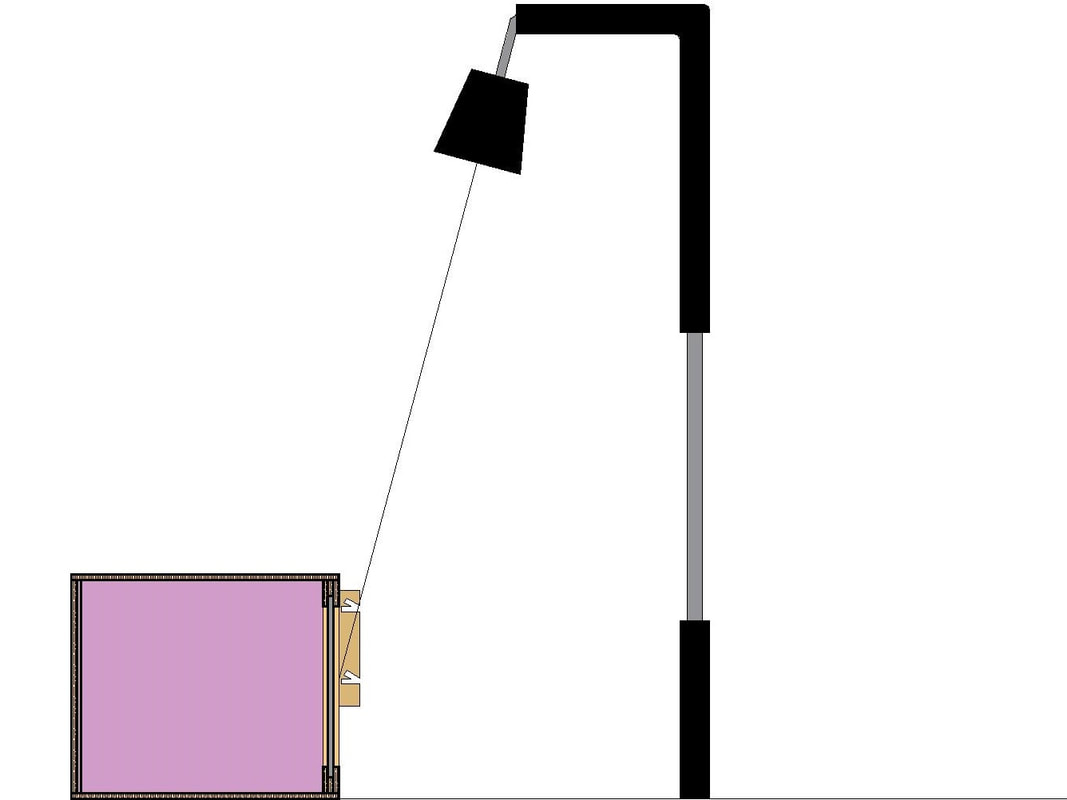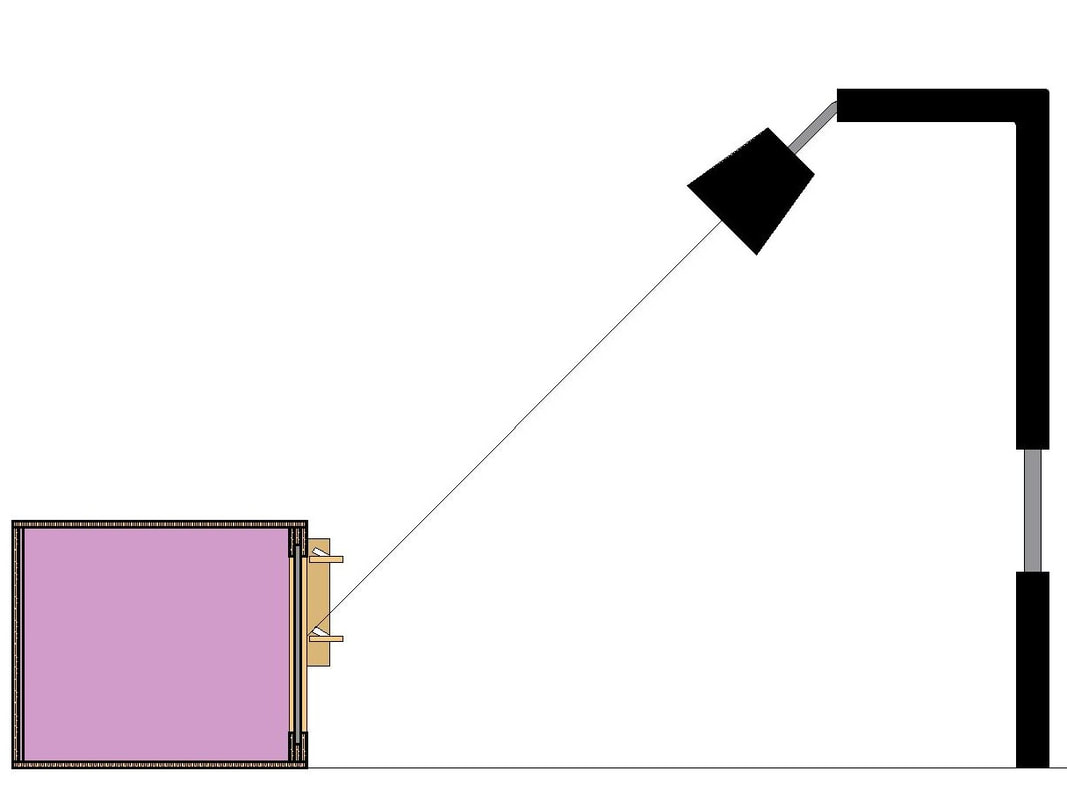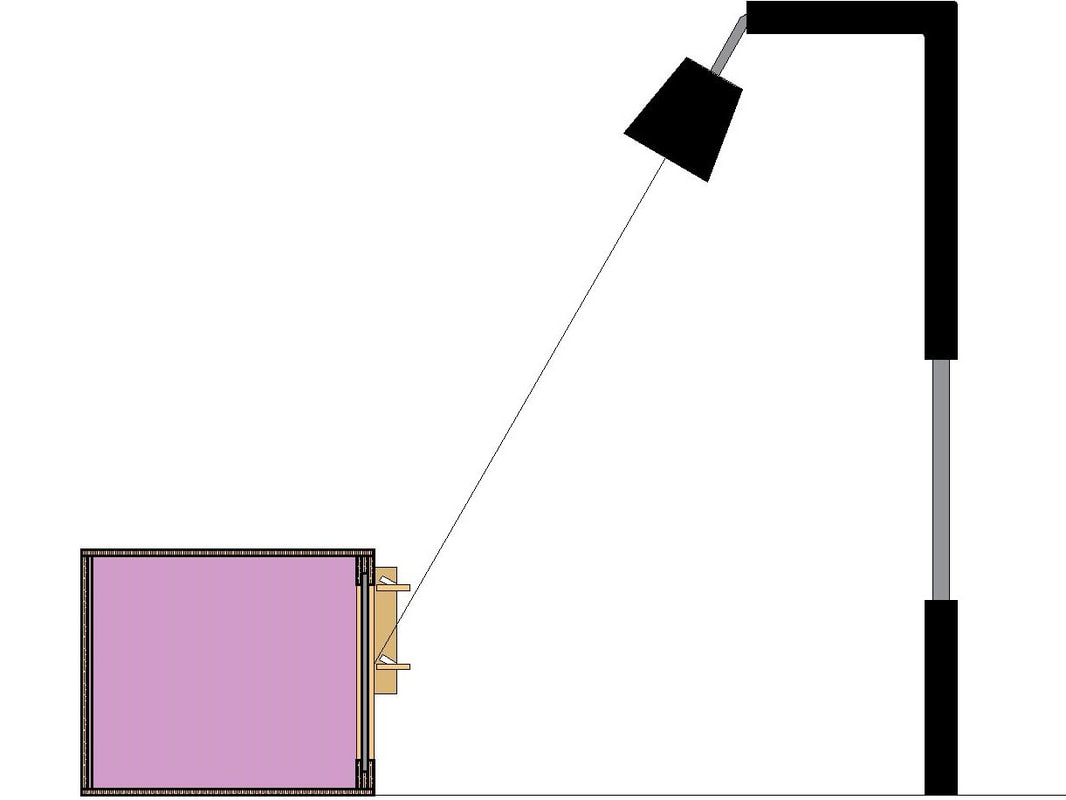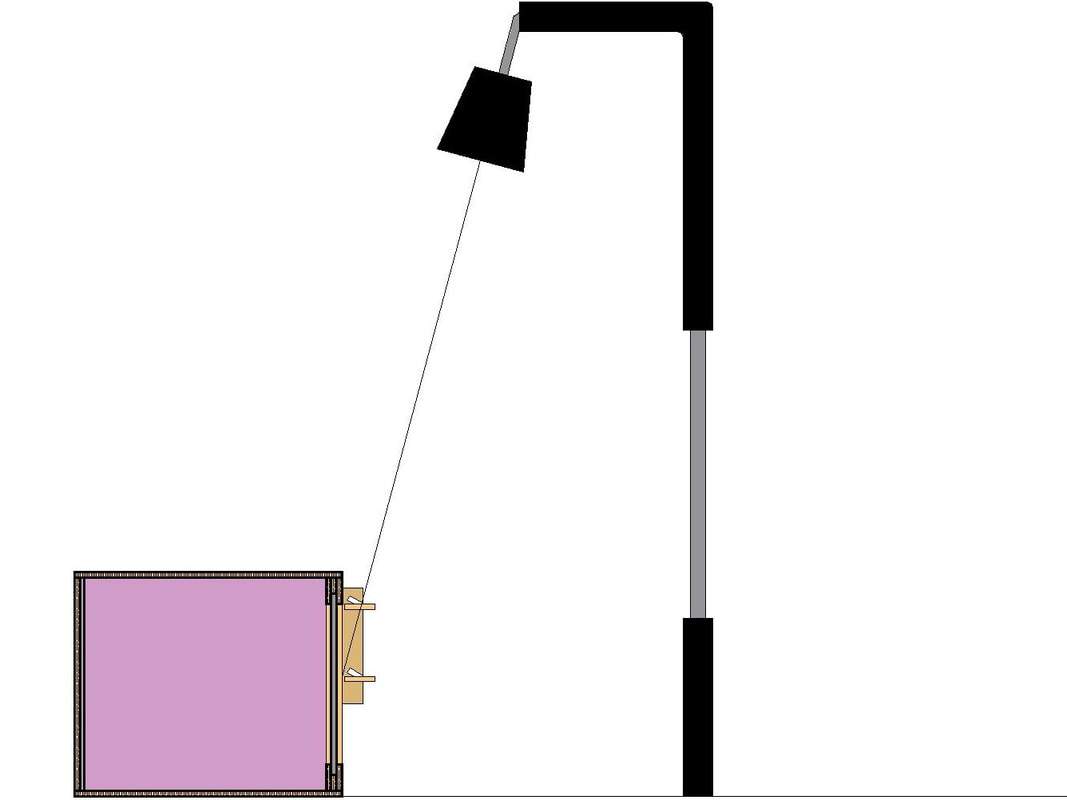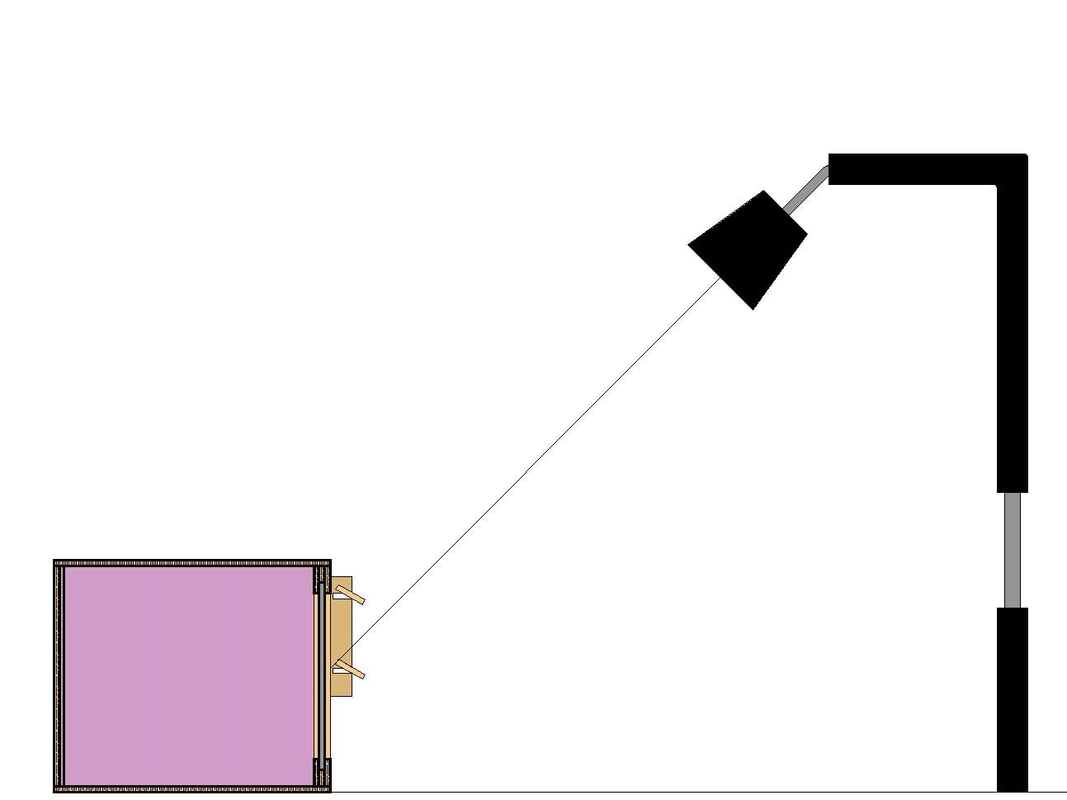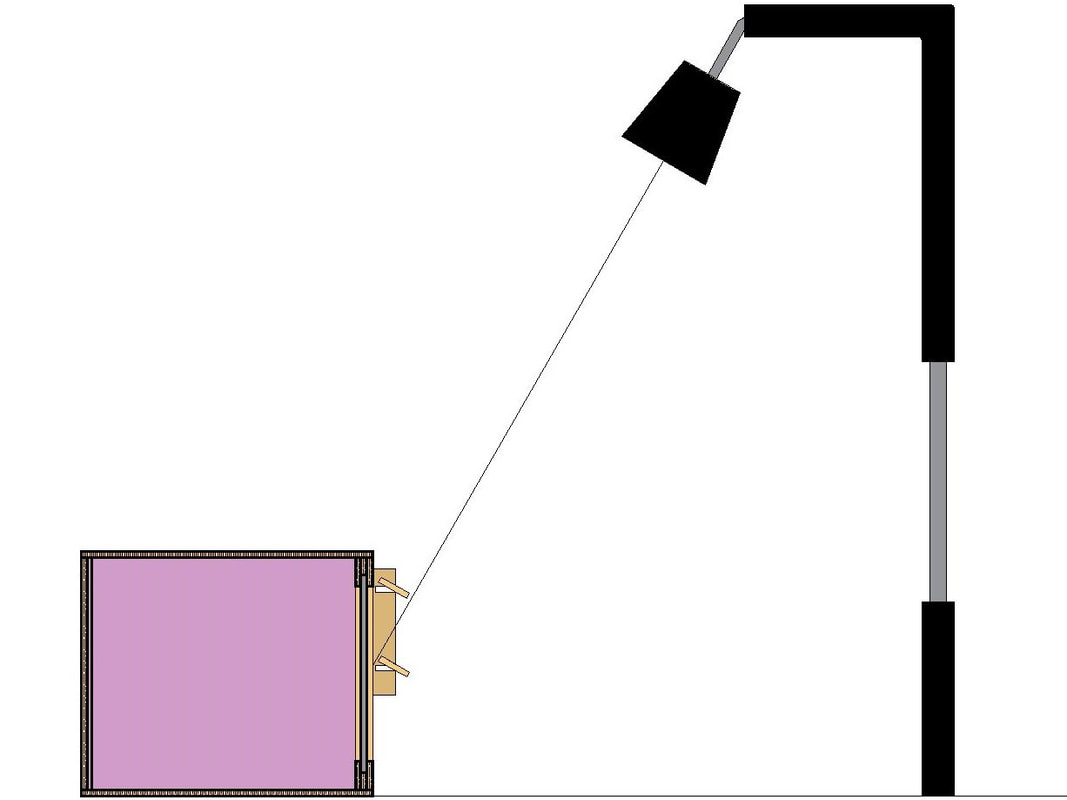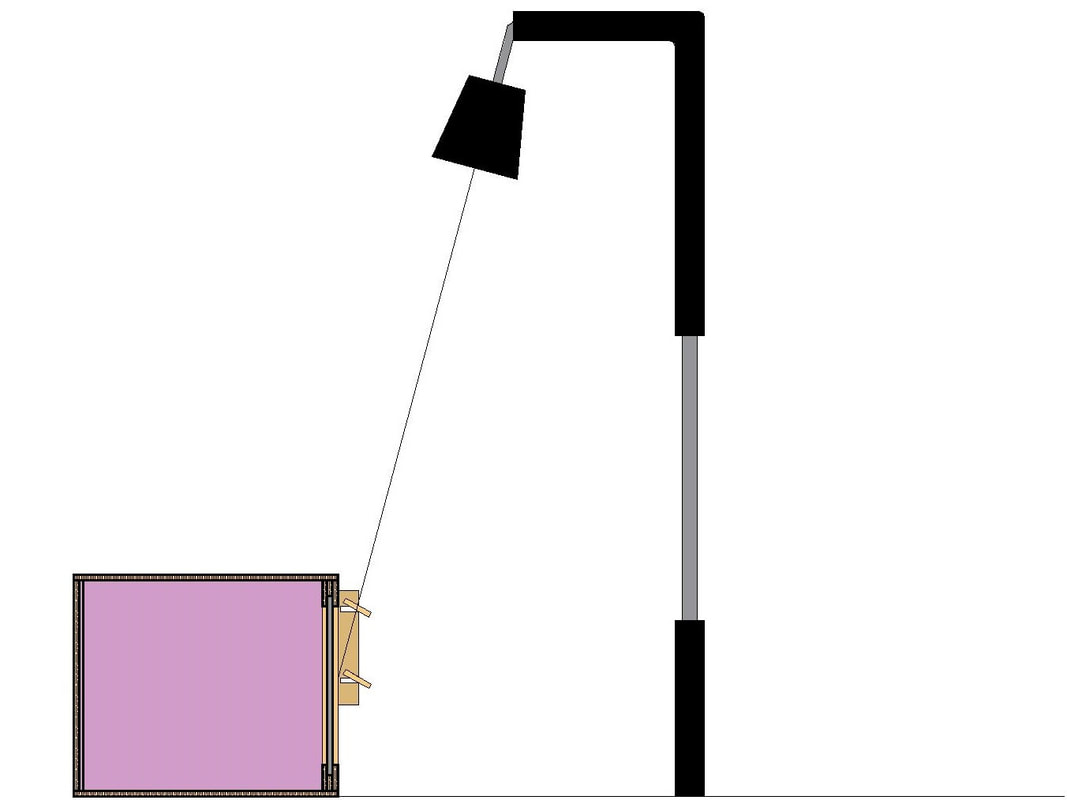Methodology
Without Louvres
With Louvres at 0
With Louvres at 30
Procedure
- For the first step, the halogen is to be adjusted at 45o.
- Without the louvers, the temperature inside and outside the box is to be noted for every minute for 30 minutes.
- The same process is to be repeated for angles 60o and 75o.
- The box is to be kept for the night to let it cool before proceeding further.
- For the next phase, the same procedure from above is to be carried by fitting the louvers at 0o.
- Then again the box is to kept idle to cool. Finally, fitting the louvers at 30o the same procedure is to be carried out and temperature is to be noted.
Hypothesis
- Louvres will avoid direct light falling on glass and will directly stop heating of glass.
- Internal temperature will be less in case of louvres, thus reducing cooling demands from HVAC.
Expected Data
Time (mins) |
Outdoor Temperature |
Indoor Temperature |
Temperature Difference |
% difference |
O |
Value |
Value |
Value |
Value |
1 |
Value |
Value |
Value |
Value |
2 |
Value |
Value |
Value |
Value |
3 |
Value |
Value |
Value |
Value |
4 |
Value |
Value |
Value |
Value |
5 |
Value |
Value |
Value |
Value |
6 |
Value |
Value |
Value |
Value |
7 |
Value |
Value |
Value |
Value |
8 |
Value |
Value |
Value |
Value |
9 |
Value |
Value |
Value |
Value |
10 |
Value |
Value |
Value |
Value |
11 |
Value |
Value |
Value |
Value |
12 |
Value |
Value |
Value |
Value |
13 |
Value |
Value |
Vale |
Value |
14 |
Value |
Value |
Value |
Value |
15 |
Value |
Value |
Value |
Value |
16 |
Value |
Value |
Value |
Value |
17 |
Value |
Value |
Value |
Value |
18 |
Value |
Value |
Value |
Value |
19 |
Value |
Value |
Value |
Value |
20 |
Value |
Value |
Value |
Value |
21 |
Value |
Value |
Value |
Value |
22 |
Value |
Value |
Value |
Value |
23 |
Value |
Value |
Value |
Value |
24 |
Value |
Value |
Value |
Value |
25 |
Value |
Value |
Value |
Value |
26 |
Value |
Value |
Value |
Value |
27 |
Value |
Value |
Value |
Value |
28 |
Value |
Value |
Value |
Value |
29 |
Value |
Value |
Value |
Value |
30 |
Value |
Value |
Value |
Value |
